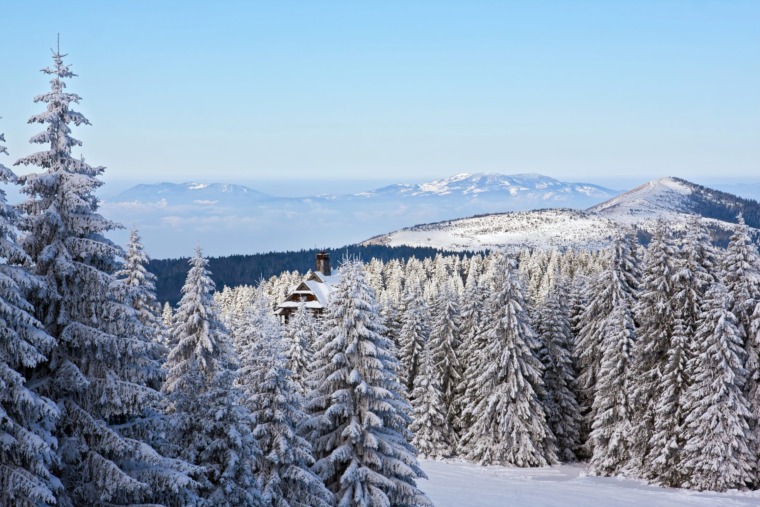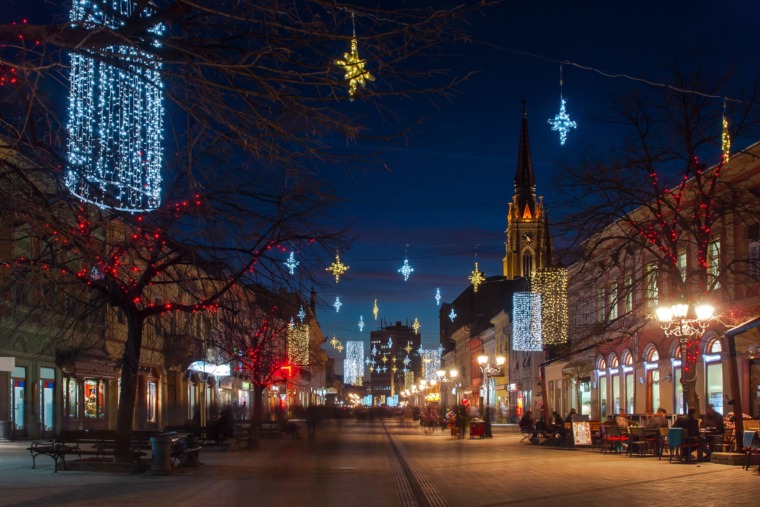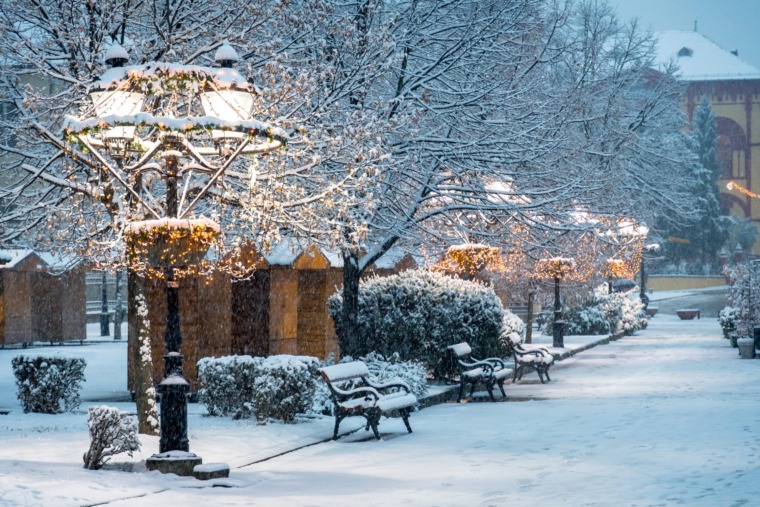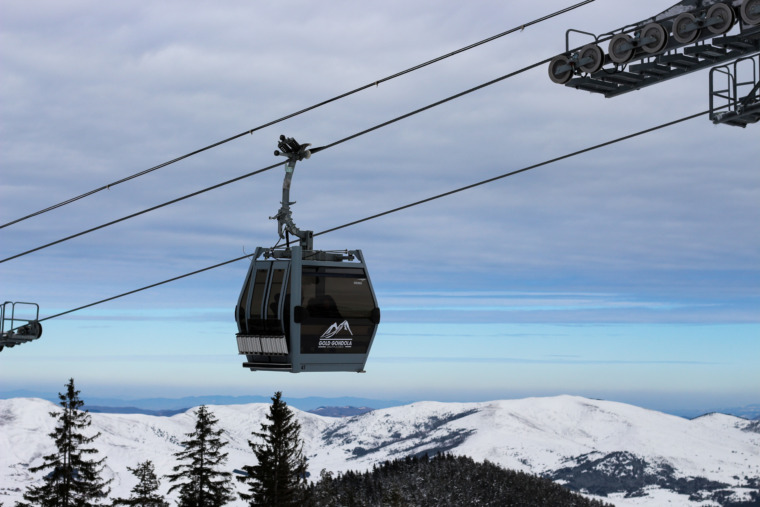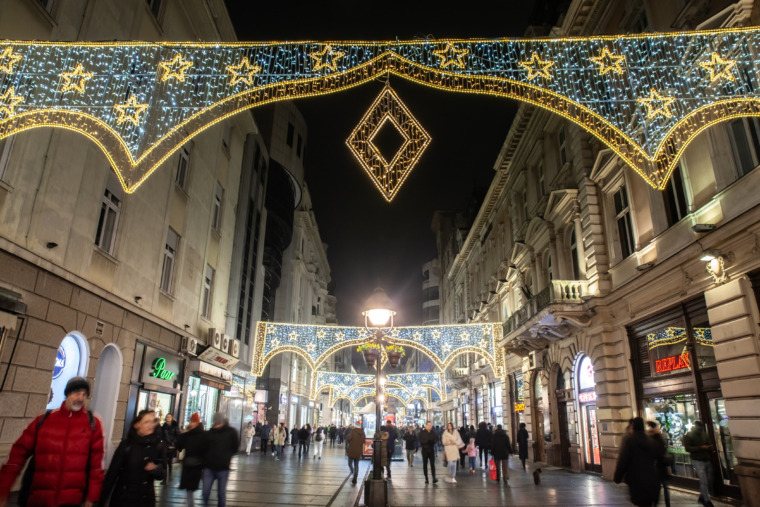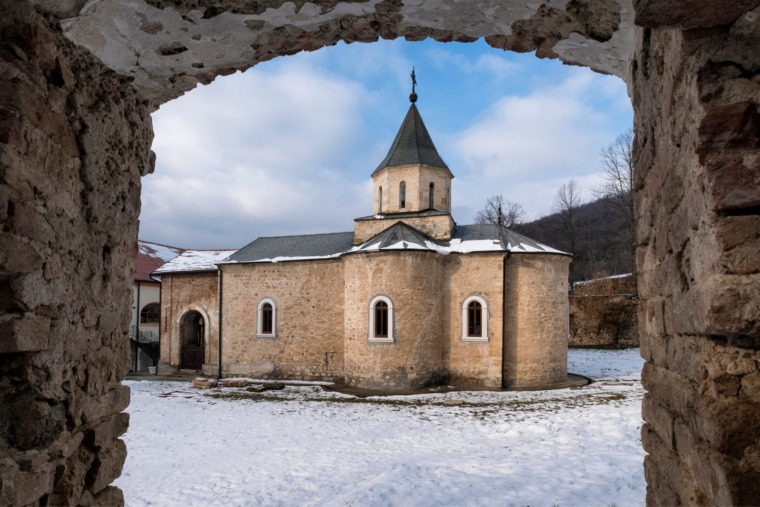
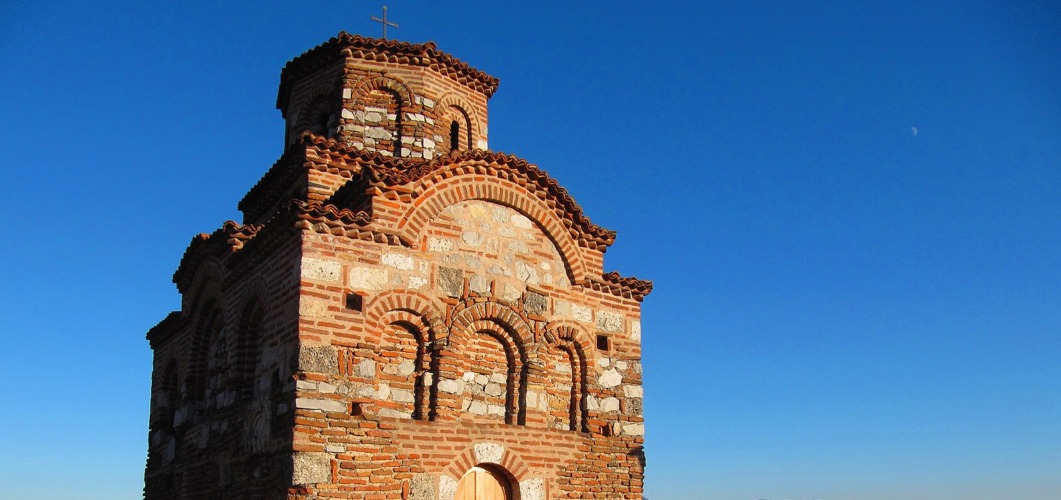
Nestled on the gentle slopes of Suva Planina, just ten kilometers northeast of Niš, stands one of the oldest and most mysterious Christian monuments in Serbia — the Latin Church in the village of Gornji Matejevac. Built in 1054, the year of the Great Schism between Eastern Orthodoxy and Roman Catholicism, this modest yet sacred structure is a unique example of pre-Nemanjić ecclesiastical architecture and bears the clear stamp of Byzantine influence.
Some researchers believe the church may even date back as early as the 4th century, placing it among the oldest Christian structures not only in Serbia but in the entire Balkan region.
The Mystery of the Name – Why “Latin”?
The church’s name doesn’t refer to the language of worship but comes from local tradition. It’s believed that Catholic clergy — likely Dubrovnik merchants, miners, or travelers from Western Europe — used the church during the Middle Ages.
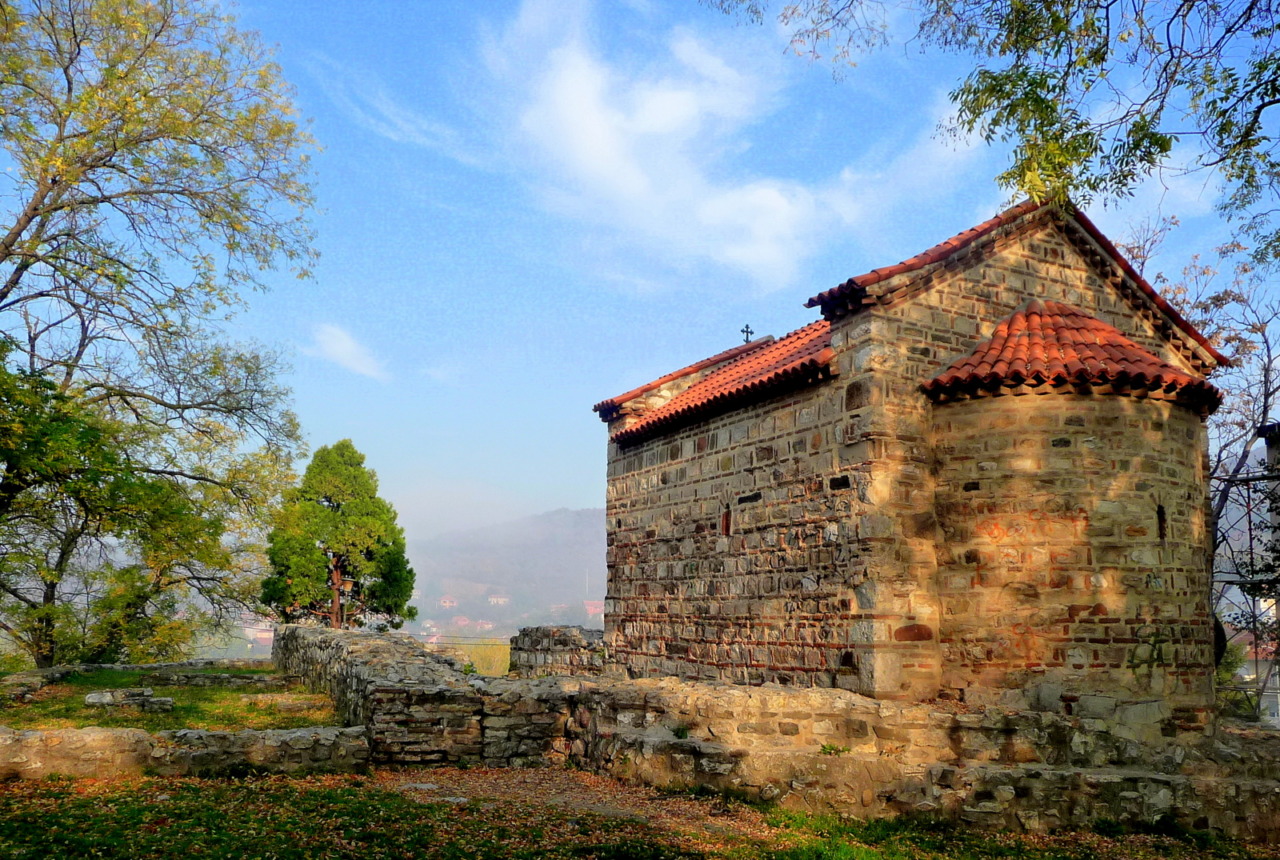
Still, the layout, design, and iconography are clearly Orthodox. The church may have shifted hands between the two Christian traditions over time, symbolizing a rare intersection of East and West.
A Testament to Byzantine Simplicity
Built from a combination of stone and brick, the Latin Church is a single-nave structure with a small dome and semicircular apse. Modest in size but rich in symbolism, it is devoid of a bell tower — a rare feature that confirms its antiquity.
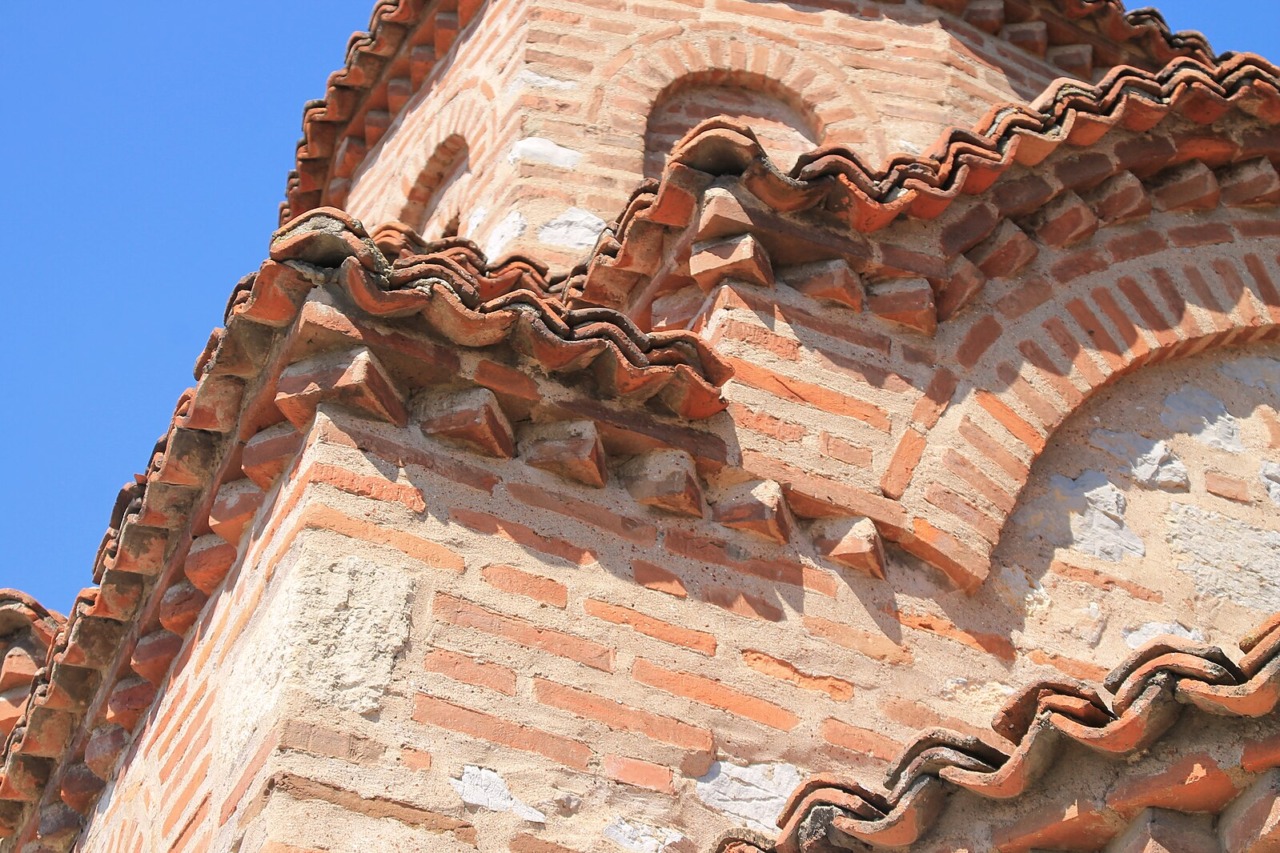
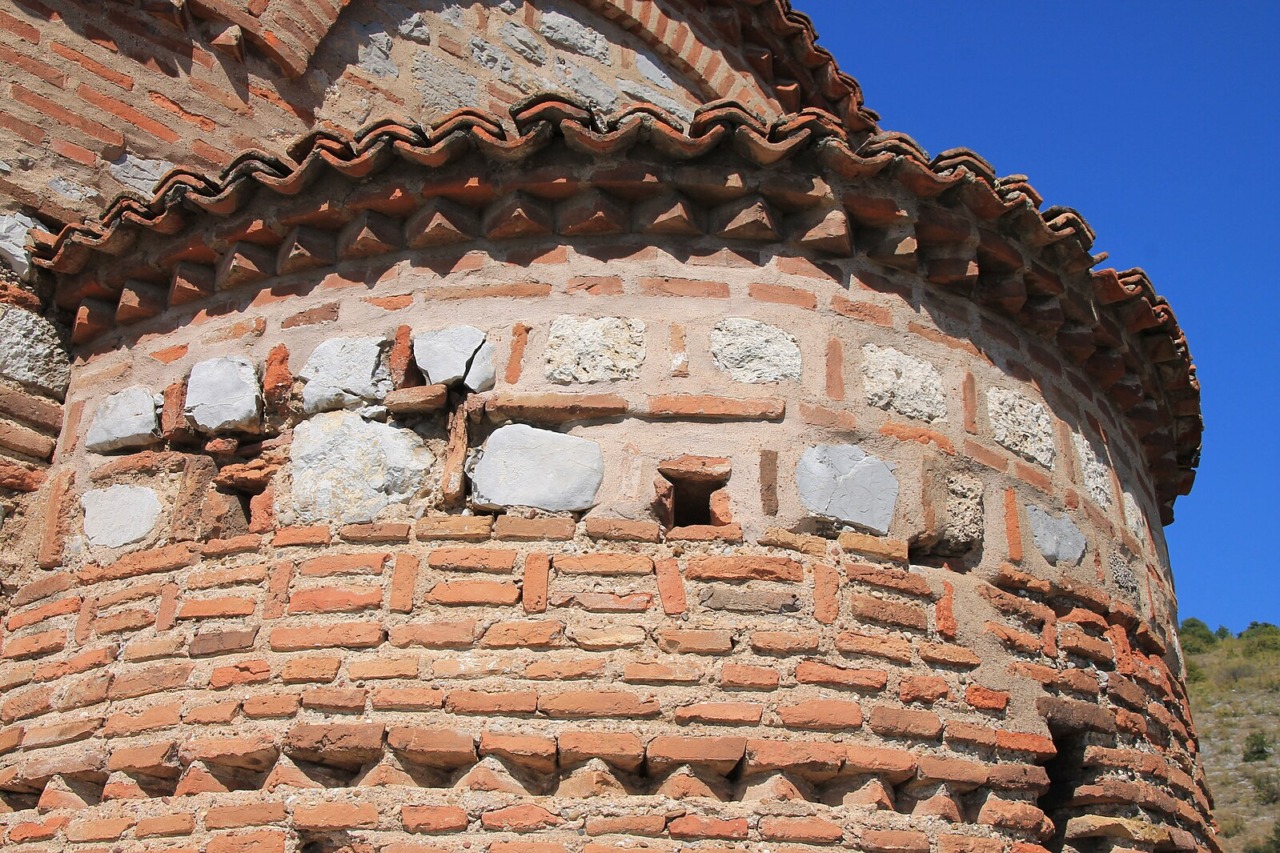
Faded remnants of frescoes still adorn the walls, hinting at the artistry and spiritual intensity of the era. As a pre-Nemanjić sanctuary, the church predates the grand medieval monasteries that later defined Serbian spirituality.
A Place of Healing and Quiet Faith
Though no longer in use for regular services, the Latin Church remains a site of spiritual pilgrimage. Locals visit to light candles, pray, and reflect — especially during major feasts like the Transfiguration and the Dormition of the Theotokos.
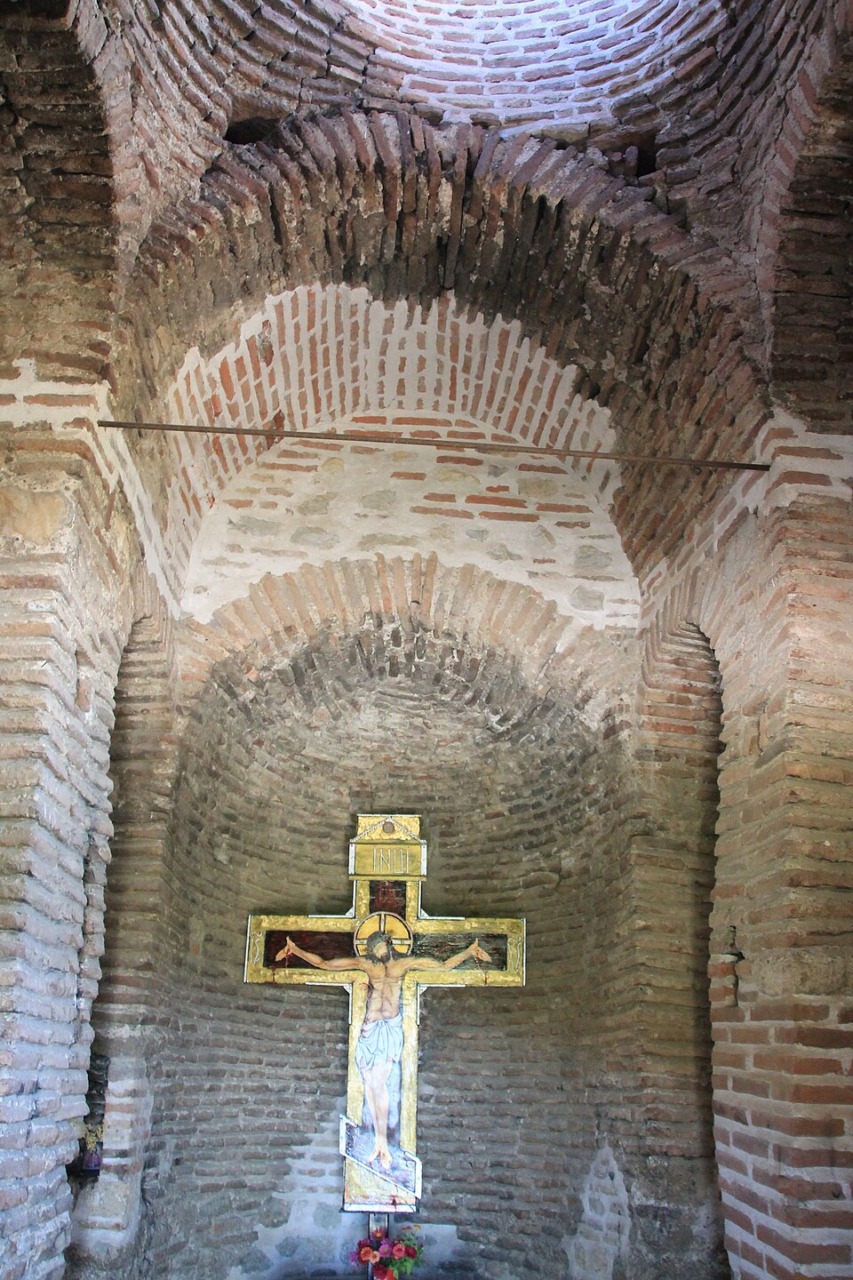
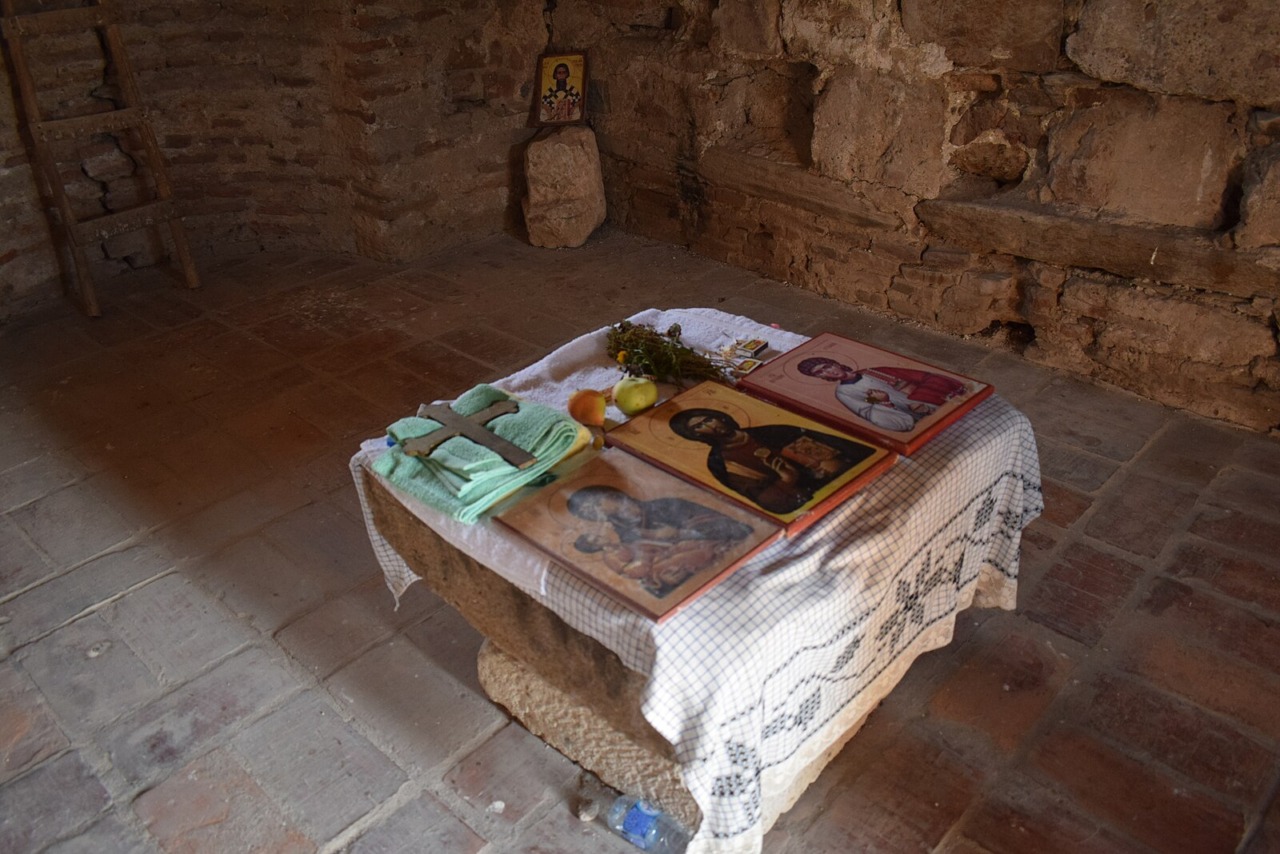
One long-held belief gives this church a deeply emotional dimension: many locals say that sick children are miraculously healed here. According to tradition, children should be carried around the church three times, after which a symbolic offering — usually clothing or a toy — is left as a sign of gratitude. These ancient customs reflect how spiritual heritage is kept alive through generations.
Some visitors even report unexplained phenomena — soft lights at dusk, faint singing with no source, or the inexplicable feeling of a presence. Whether legend or faith, these stories enrich the church’s mystery.
What to See Nearby
A visit to the Latin Church can be part of a larger trip through this rich and historic area:
- Gornji Matejevac – A traditional Serbian village known for vineyards, homemade rakija, and warm hospitality.
- Scenic viewpoints – Overlooking the Niš valley and surrounding mountains.
- Monastery of Saint John in Donji Matejevac – Another sacred and historic site.
- Niš – A city full of history and culture: Niš Fortress, Skull Tower, Mediana, and Čegar monument.
- Suva Planina – Perfect for hikers and nature lovers.
How to Get There
The church is located only 10 km from Niš city center. It’s accessible by car or bike, with a short, pleasant walk to reach the church itself. The surrounding area is quiet, natural, and ideal for peaceful reflection
The Latin Church in Gornji Matejevac is not just a monument — it is a place of memory, mystery, and quiet spirituality. With its pre-Nemanjić origin, Byzantine architecture, healing traditions, and cultural duality, it stands as a rare treasure in Serbia’s spiritual landscape.
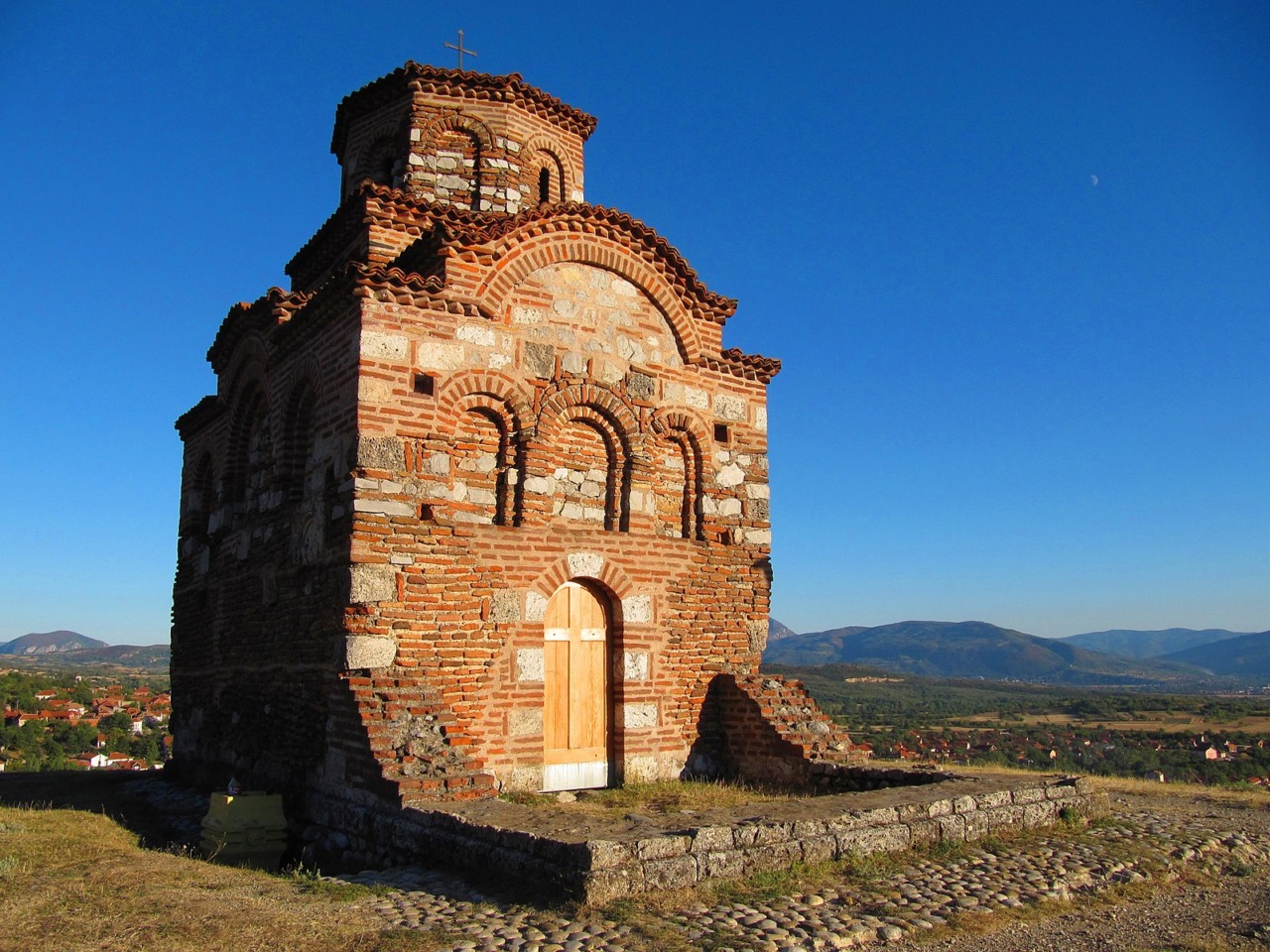
In an age of noise and haste, this silent stone sanctuary invites you to pause, breathe, and reconnect — not just with history, but with something deeper.
If you seek the soul of old Serbia — come to the Latin Church. You may not find all the answers, but you will find peace.
Related Articles

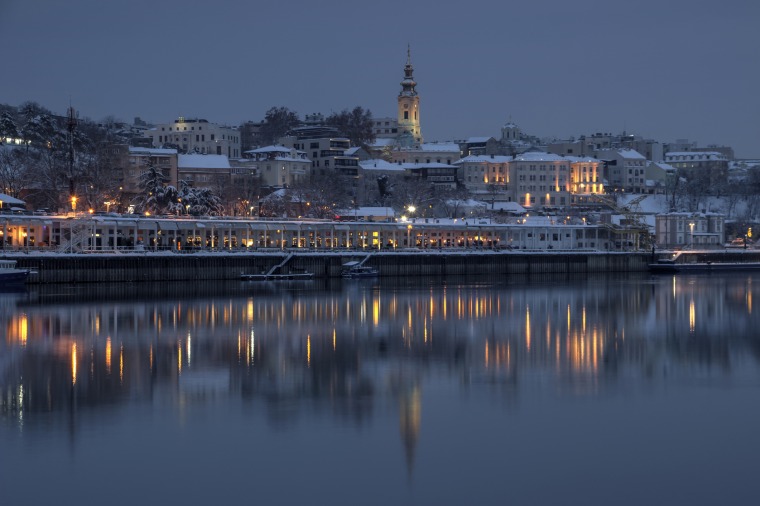
Belgrade in December: A City of Lights, Warmth, and Holiday Magic
December 5, 2025